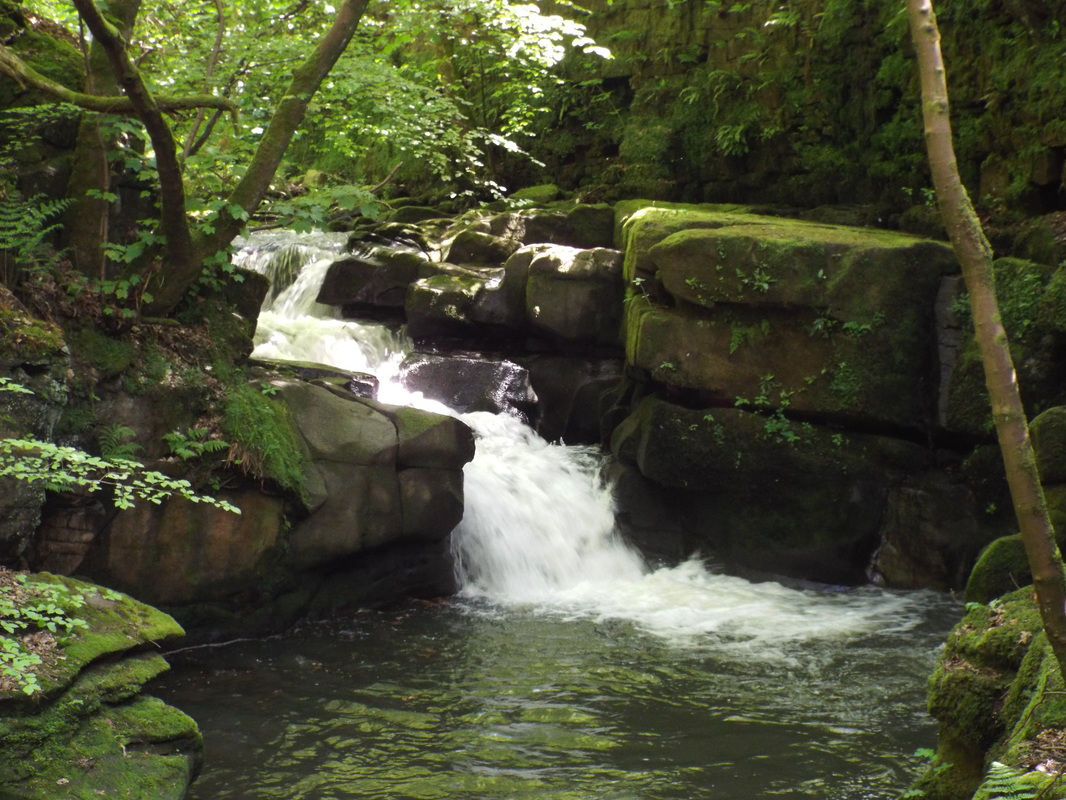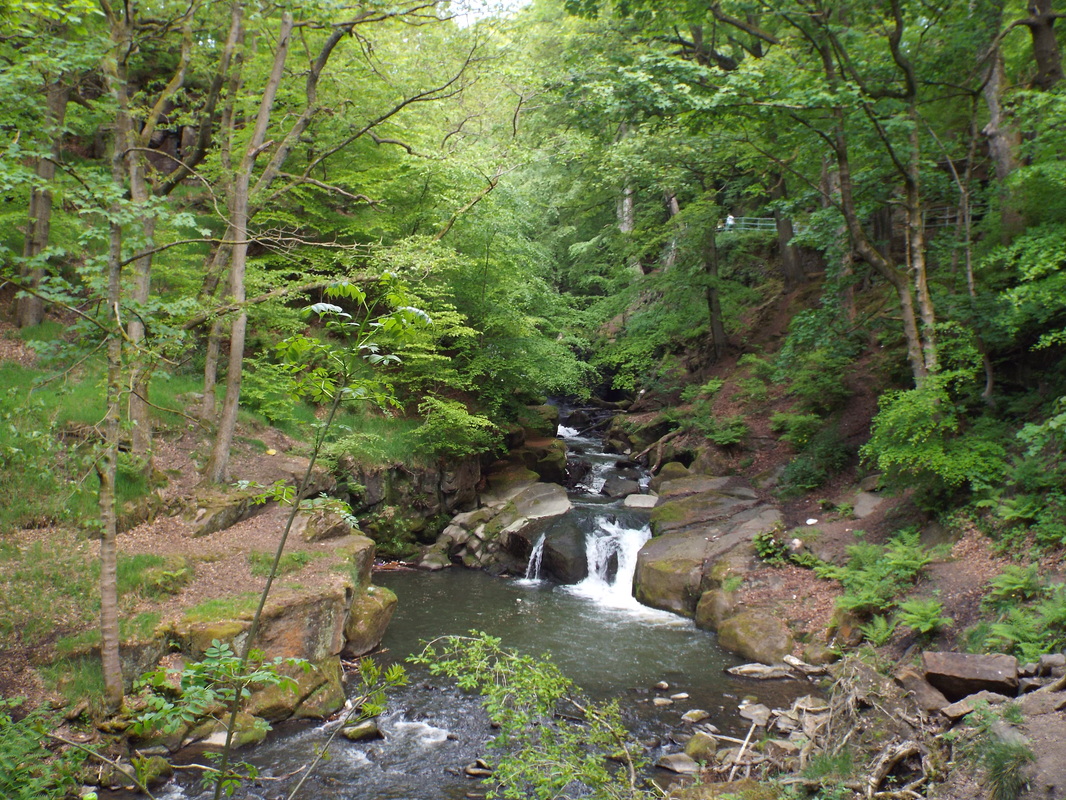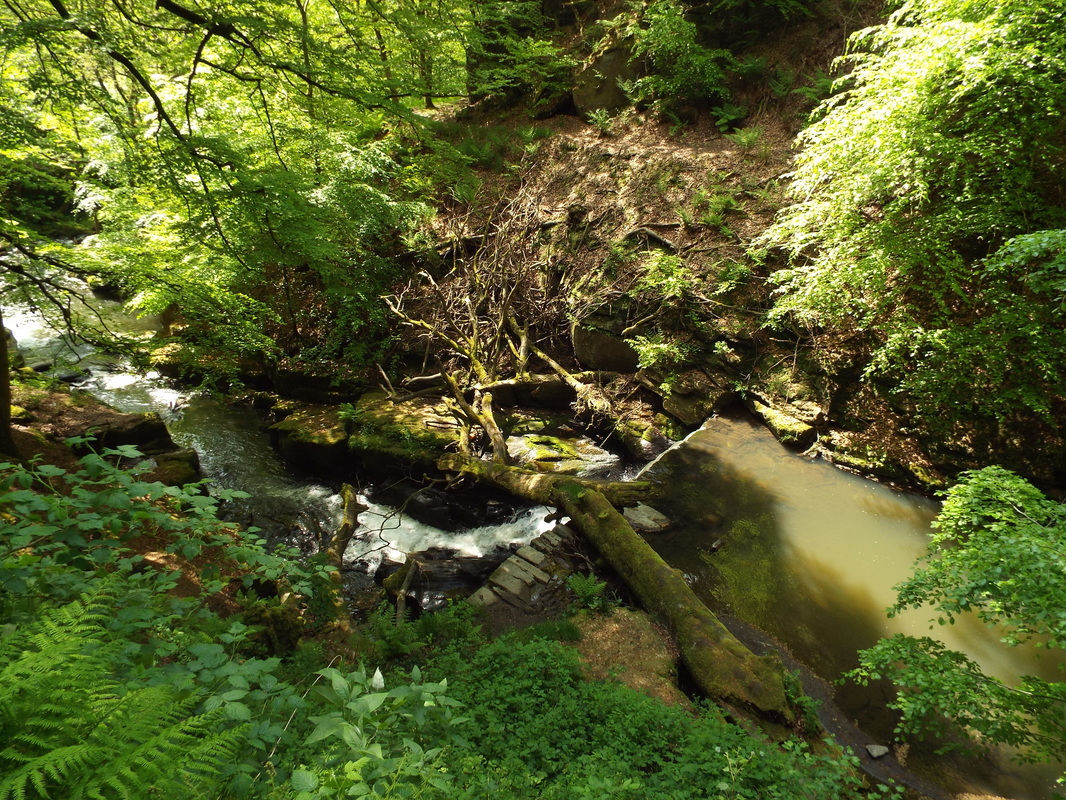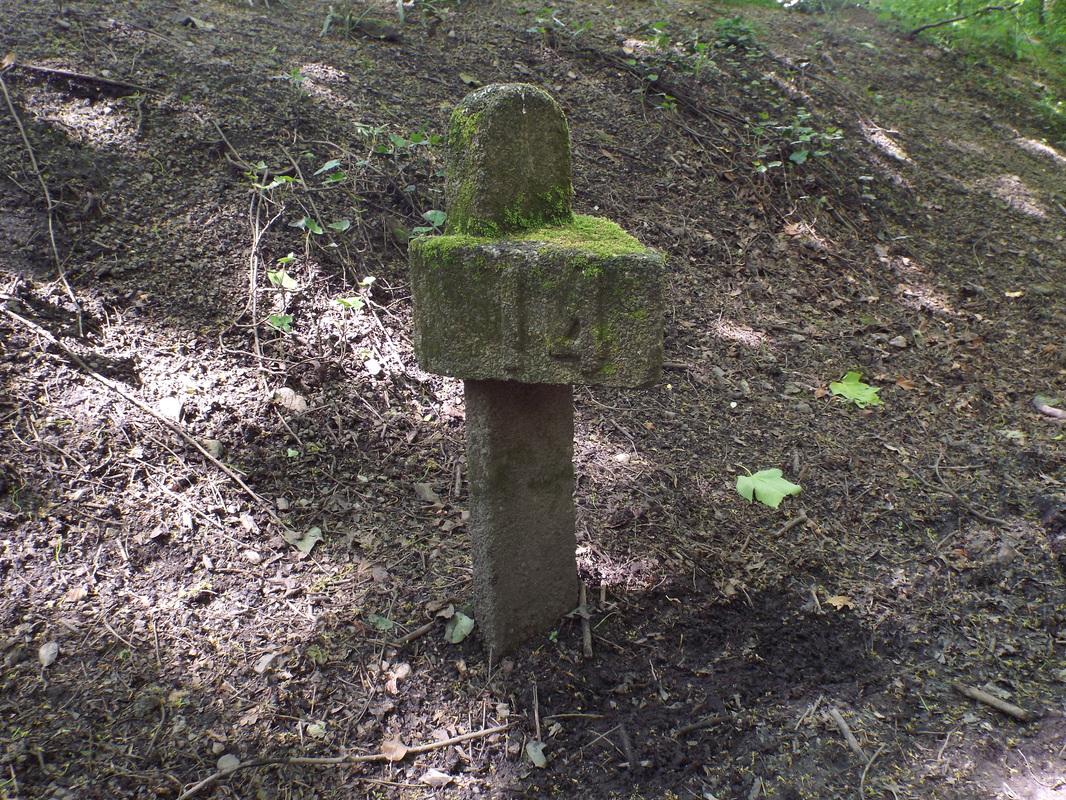Following the path from the car park, under the viaduct and along the River Spodden we headed up the valley before returning via the disused railway line.
The viaduct was built from locally quarried stone, it is 31.5m high above the river, with 8 arches each with a 24m span.
It was built in 1867 and carried the Rochdale to Bacup Branch line of the Lancashire & Yorkshire Railway. The line was 5 miles long and took 5 years to build, it opened to passengers on 1 November 1870.
The construction of the branch line proved difficult, in May 1868 The Lancashire and Yorkshire Railways Chief Civil Engineer, Sturges Meek reported problems with the thick local clay and silt that on a number of occasions slid down embankments and into cuttings.
The waterfall above is located just above the site of an old mill.
The photograph is of one of two stone arches that span the river.
These originally supported the walls of a perching room which formed part of the mill. It was constructed in 1676 and owned by the Chadwick family until the late 19th Century.
It was sited here to make use of water power generated by the river via a waterwheel. The cloth being made was woolen and in order to make it wearable it was finished in a process called Fulling which changed the weave from a loose knit to a dense closely knitted material.
The process originally involved soaking the material in a concoction of liquids and then pounding it using the workers feet. In 1863 the process was mechanised when a boiler house and chimney were built on the site. This provided 2 hp although by 1880 this had improved to 9 hp. Instead of using workers feet the engine drove wooden hammers that hammered the material in stone troughs. The waterwheel on the site measured 1.5m wide with an approximate diameter of 10.5m.
The station was closed to passengers in 1947 and to goods in 1952 before being completely closed in 1954.
During later years locomotives using the line included Austerity 2-8-0 Freight Trains and Ivatt Moguls.














 RSS Feed
RSS Feed
